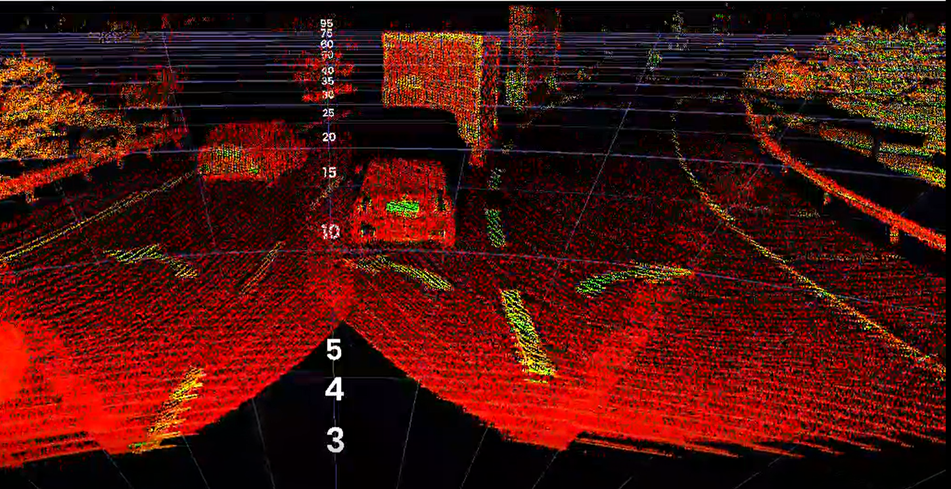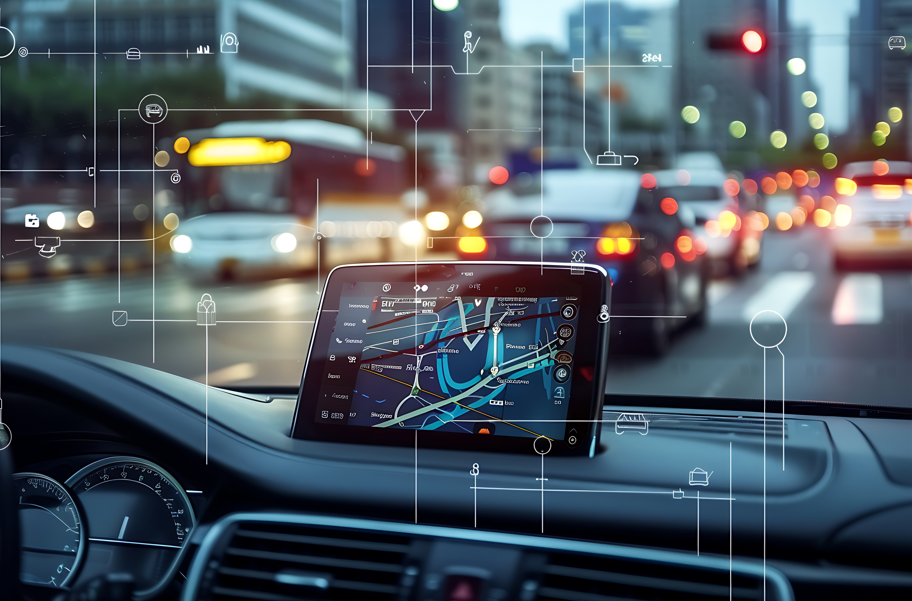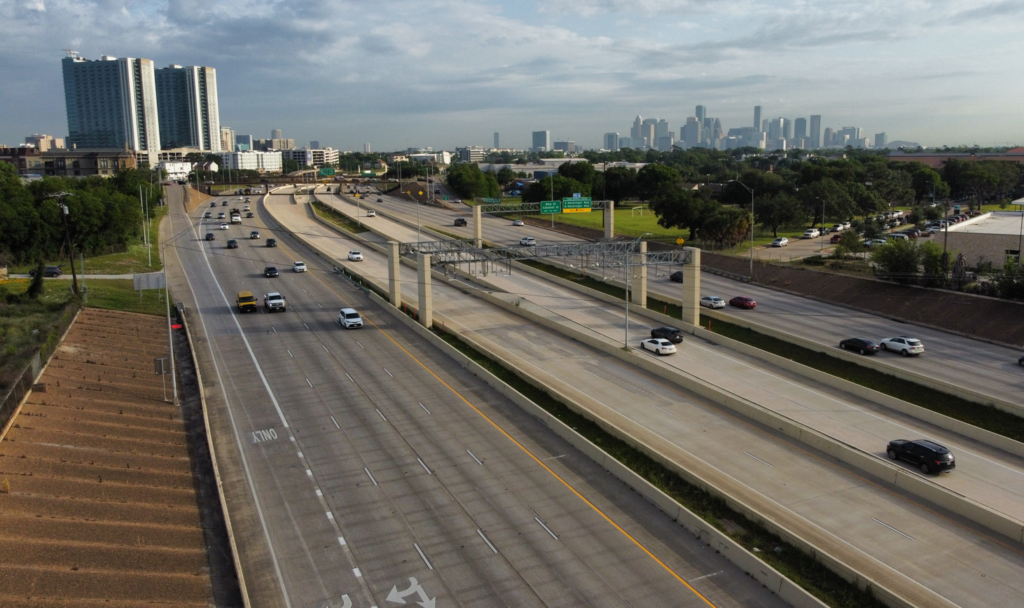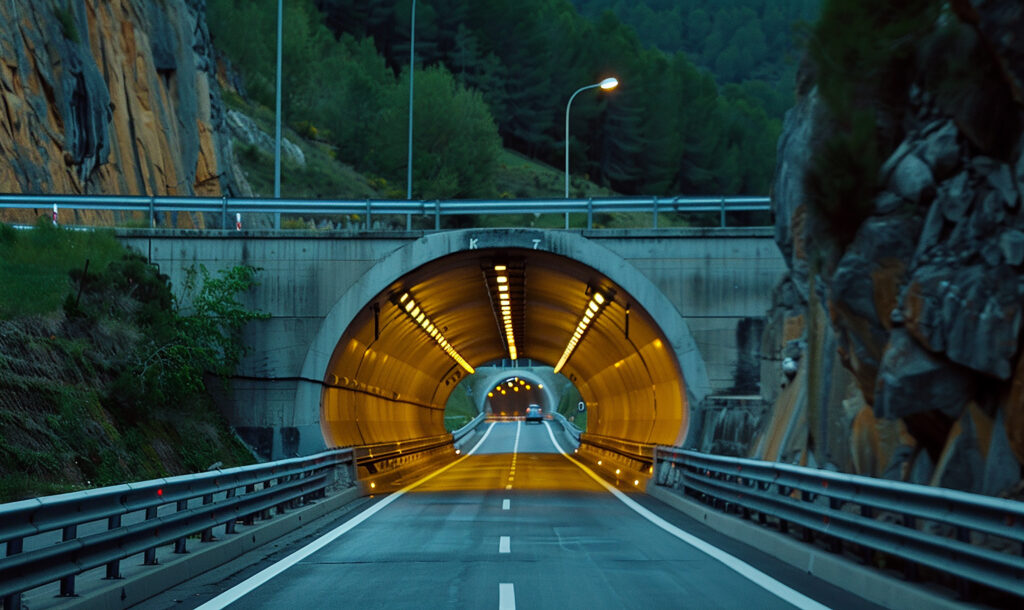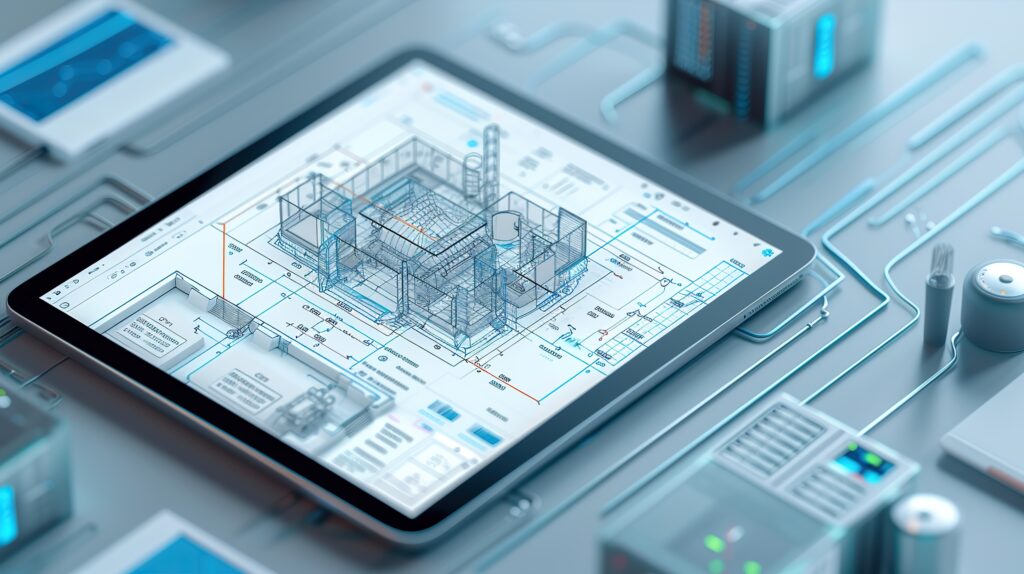In the changing world of toll systems, technology is key to improving efficiency and accuracy. Traditionally, toll systems have relied on 2D laser technology for vehicle detection and classification. However, the introduction of 3D LiDAR technology can pose improvements of accuracy and thorough coverage. This technology uses laser scanning to create detailed 3D representations of vehicles.
Most current toll systems still use 2D laser systems, that has been demonstrated to be a suitable and robust technology. 2D LiDAR systems are known for their reliability and simplicity and its mature permanence in the market. However, these systems could still have room for improvement especially in complex traffic environments. On the other hand, the new approach of implementing 3D LiDAR technology enhances accuracy in vehicle detection and classification, providing more comprehensive data for tracking vehicles from entry to exit within the toll zone. Therefore, this advanced technology could introduce superior capabilities in handling complex traffic scenarios.
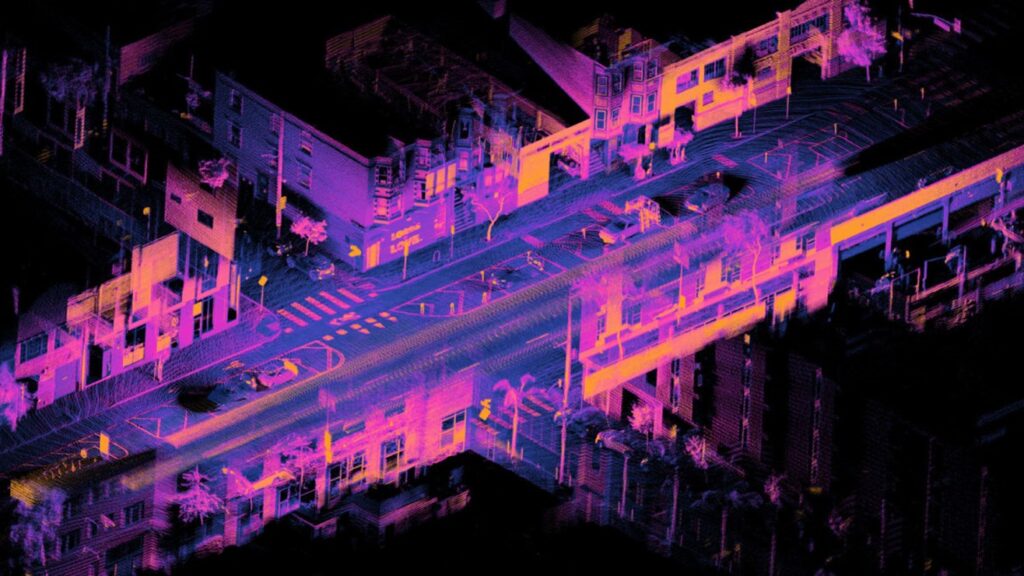
The primary goals for SICE to integrate 3D LiDAR technology into our toll systems are both technological and economic. Technologically, we aim to diversify our technological base and ensure long-term viability. Additionally, 3D LiDAR performs well in adverse meteorological conditions, enhancing toll collection and enforcement. Economically, this technology can reduce costs through fewer and lighter components, lowering maintenance expenses and reducing the visual impact of the whole structure. Furthermore, 3D LiDAR systems offer competitive pricing, making them a cost-effective and scalable option.
The benefits of 3D LiDAR technology in toll systems are notable. Technologically, 3D LiDAR provides accurate and reliable vehicle detection and classification, ensuring precise tracking from the moment a vehicle enters the toll zone until it exits. The simplified system architecture translates to lower maintenance and operational costs.
Meanwhile, traditional 2D laser systems continue to be a good technology, effective and reliable in many applications. They provide a proven technology that can complement newer systems, ensuring a robust and adaptable toll collection infrastructure.
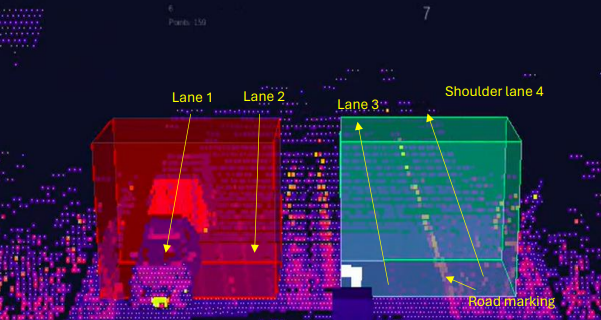
3D LiDAR technology is not just a futuristic concept but a current trend in the tolling industry. Leading companies worldwide are integrating this technology into their toll systems, demonstrating its viability and effectiveness. For example, several toll operators in the United States and Europe have reported improved accuracy and reduced operational costs after implementing 3D LiDAR systems. At SICE, we recognize its potential to enhance accuracy and efficiency. This evolution aligns with our vision for the future and commitment to innovation. We are convinced that integrating 3D LiDAR will improve vehicle detection and classification and provide robust data that can be used to optimize toll operations and enhance the overall customer experience.
Currently, we are already incorporating this advanced technology with trial gantries, testing its capabilities, and ensuring a seamless transition. This proactive approach allows us to refine our systems and prepare for a full-scale deployment, keeping us competitive in the rapidly evolving tolling industry, solidifying our position as a leader in toll system innovation.
